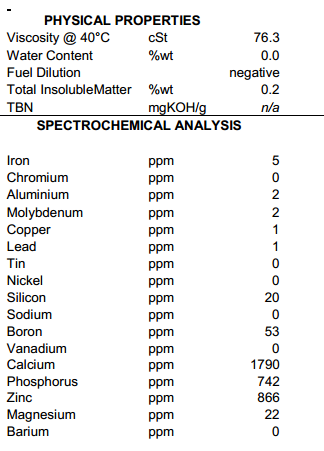Hi all
After my UOA from Millers (in the UK) I decided to use a different company in the UK. (they said everything looked ok, then the engine died)
This is for my 2008 S65 AMG (M275 V12 Bi turbo). 98,000 miles. I think 10,000 miles on this oil.

When I bought the car (recently) one of the tabs on the airbox was broken off, and then outlet of the air filter wasn't making good sealing contact with the inlet of the turbo, I think that explains the high silicone.
Otherwise, your input is very much welcome. Thanks.
After my UOA from Millers (in the UK) I decided to use a different company in the UK. (they said everything looked ok, then the engine died)
This is for my 2008 S65 AMG (M275 V12 Bi turbo). 98,000 miles. I think 10,000 miles on this oil.

When I bought the car (recently) one of the tabs on the airbox was broken off, and then outlet of the air filter wasn't making good sealing contact with the inlet of the turbo, I think that explains the high silicone.
Otherwise, your input is very much welcome. Thanks.
